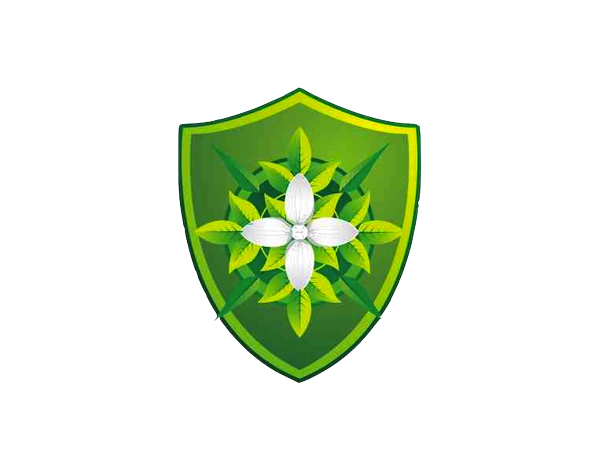Journalism
Description
Journalism I provides students with the fundamental basics of journalism. Students begin by exploring the history of American journalism, examining different media such as print, radio, television, and internet journalism. Students learn how to write a news story, a feature story, and an editorial, with a focus on research, analyzing the reliability of sources, conducting interviews, writing leads, revising, and self-editing. Students will also take a close look at different careers in journalism, ethics in journalism, and visual layouts using technology, including web 2.0 tools.
Major Topics and Concepts
Semester One
Module One
The first amendment of the U.S. Constitution
Freedom of press
History of American journalism
First amendment issues
Advancements in technology
Types of news mediums
Characteristics of a journalist
Gatekeepers of journalism
Different types of journalist
Module Two
Careers in journalism
How to conduct research
Analyzing the reliability of sources
Informative news reporting
The inverted pyramid and writing a lead
Elements of strong writing (grammar)
Interviewing a source
Formal vs. informal writing
Revision process and self-editing
Semester Two
Module Three
Feature story writing (narrative writing)
Code of ethics
Making ethical decisions in news reporting
Slander and libel
Narrative writing techniques
Using images and technology to enhance writing
Ethical sharing of images
Using details and anecdotes to tell a story
Writing effective conclusions
Revision process and self-editing
Giving a strong presentation
Module Four
Argument techniques and appeals
Pathos, ethos, and logos
How to recognize propaganda
Editorial story writing (argument writing)
Claim and counterclaim
Listening and speaking skills
Evaluating a speech for effectiveness
Identifying credible sources
Writing a rebuttal
Varying syntax
Revision process and self-editing
